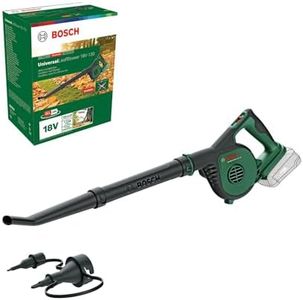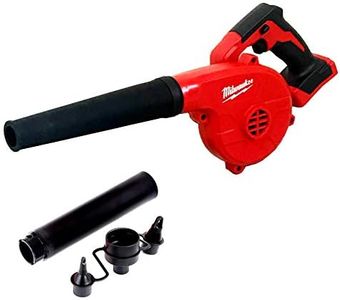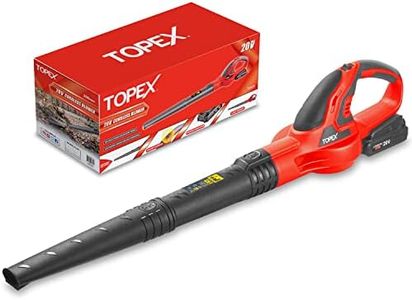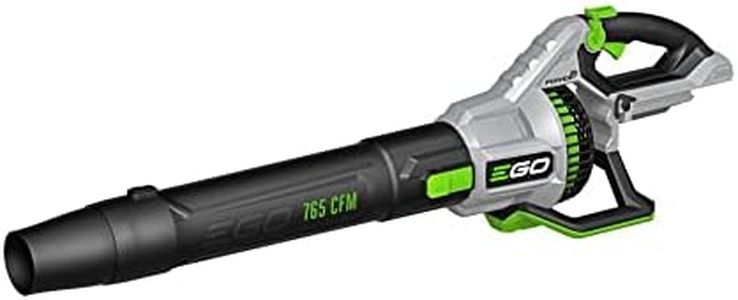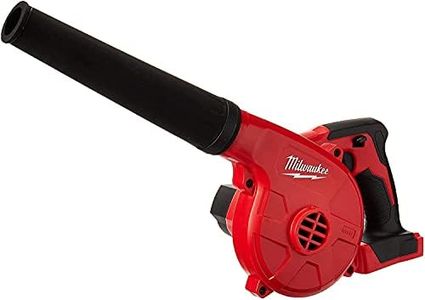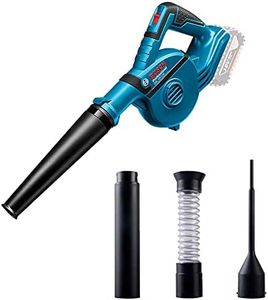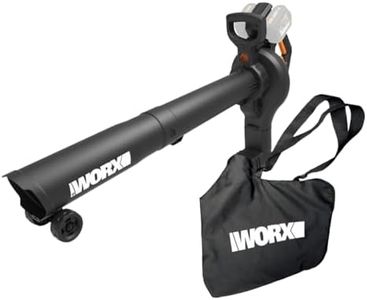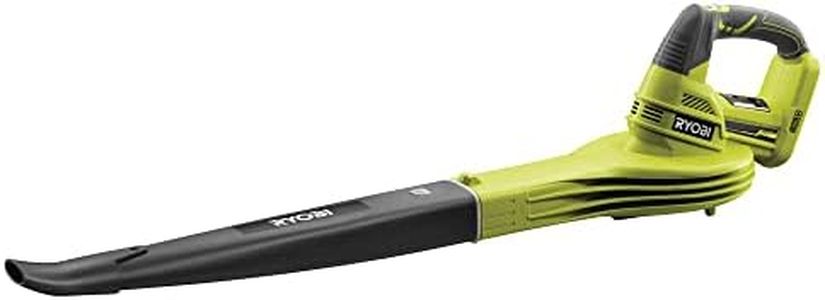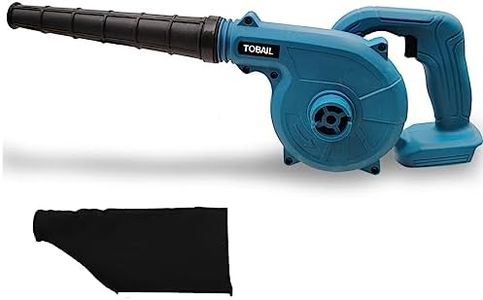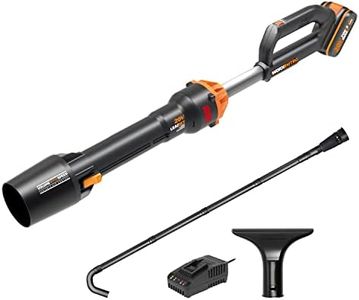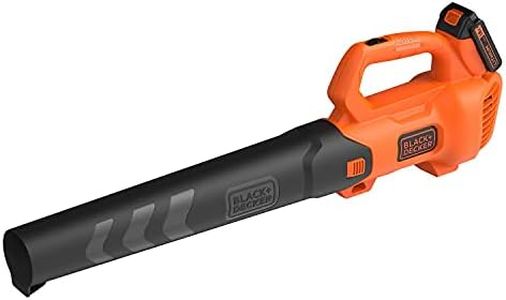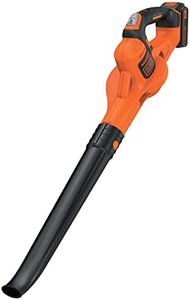We Use CookiesWe use cookies to enhance the security, performance,
functionality and for analytical and promotional activities. By continuing to browse this site you
are agreeing to our privacy policy
10 Best Battery Powered Leaf Blower
From leading brands and best sellers available on the web.Buying Guide for the Best Battery Powered Leaf Blower
Choosing a battery-powered leaf blower can make yard work much easier and more convenient. They are lightweight, quieter than gas models, and eliminate the need for cords. When selecting the best one for your needs, it’s important to think about the size of your outdoor area, the type of debris you'll be clearing, and how comfortable and easy the tool is to use for extended periods.Battery VoltageBattery voltage determines how powerful the leaf blower can be. Higher voltage generally means more forceful airflow, which helps with moving heavier debris or covering larger areas quickly. Leaf blowers typically come in low (20V or under), medium (20V–40V), and high-voltage (over 40V) segments. If you have a small patio or need light cleanup, low voltage may be fine. For average yards and more persistent debris, a medium voltage is often best. For large properties or wet, stubborn leaves, a high-voltage model will provide the extra power you'll need.
Air Speed (CFM and MPH)Air speed is described by two main measurements: Cubic Feet per Minute (CFM), which measures the volume of air moved, and Miles per Hour (MPH), which measures the speed of the airflow. High CFM helps move more leaves at once, while high MPH can shift heavier or stuck debris. Low CFM/MPH is sufficient for light work on hard surfaces; medium is best for regular yard cleanup; and high numbers are needed when you're dealing with lots of leaves, pine needles, or damp materials. Think about your typical cleaning tasks and choose a model with the right balance of CFM and MPH for your needs.
Run TimeRun time refers to how long the blower will operate on a single battery charge. Longer run times are essential for bigger properties, while shorter run times might be sufficient for quick jobs. Some blowers offer interchangeable batteries, letting you swap in a spare battery for uninterrupted work. If you expect to use your blower for long sessions, look for higher run times or plan for extra batteries.
WeightThe weight of the leaf blower affects how comfortable it is to use, especially if you work for longer periods or if you’ll be holding it overhead. Lighter models are easier to maneuver and better suited for people with limited strength. Heavier models can be more tiring but might provide higher power. Consider how you plan to use your blower—regular longer sessions may justify choosing a lighter model, while occasional quick use may let you opt for something heavier if it delivers more power.
Noise LevelNoise level is important if you have nearby neighbors, live in a noise-restricted area, or simply prefer a quieter tool. Lower noise means less disturbance to those around you and a more pleasant experience for yourself. While battery-powered blowers are generally quieter than gas-powered ones, the actual noise level can still vary. If noise is a concern, check the stated decibel rating and pick a quieter option to suit your environment.
Ergonomics and Ease of UseErgonomics includes the shape, balance, handle comfort, and ease of controls. A blower with good ergonomics reduces strain and makes your yard work easier. Models with adjustable handles, comfortable grips, and simple controls can be especially useful if you expect longer sessions or if multiple people will use the tool. Think about how the blower feels in your hands and ensure it matches your comfort needs.
